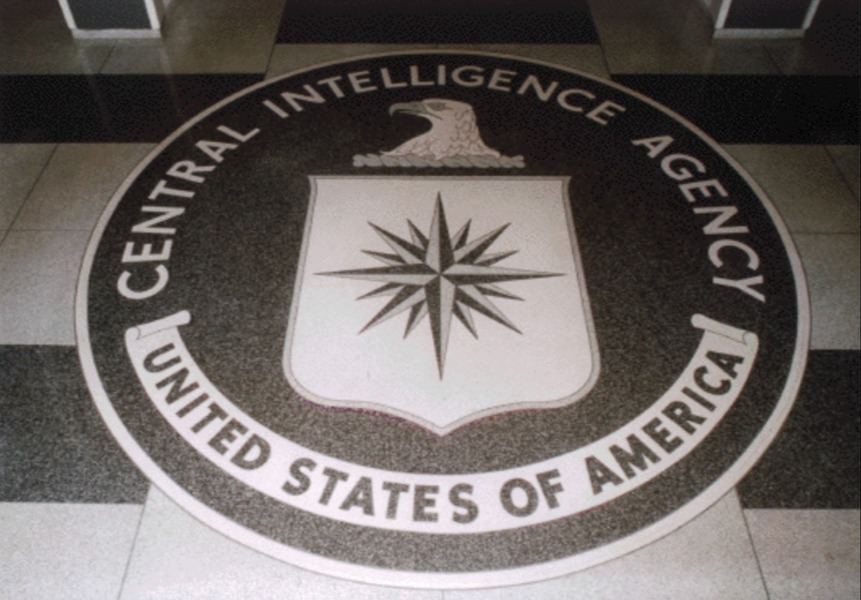Thoughts on Two Propositions: The “Power of Metadata,” and Providing Privacy Protections to Foreigners
Published by The Lawfare Institute
in Cooperation With

In a separate but somewhat related chain of events and as described in the Senate Select Committee on Intelligence’s Report of October 26, 2007, in January 2007, the Attorney General announced that collection that had previously been conducted under the Terrorist Surveillance Program had transitioned to collection authorized by the FISC. The FISC’s authorization was based on findings that “’there is probable cause to believe that one of the communicants is a member or agent of al Qaeda or an associated terrorist group.’” (SSCI report p.5). According to the SSCI report, Congress subsequently received the Administration’s proposal to modernize FISA in April 2007. The report went on to state:…[P]rior to Congress passing the Protect America Act last month, in a significant number of cases, IC agencies were required to make a showing of probable cause in order to target for surveillance the communications of a foreign intelligence target located overseas. Then, they needed to explain that probable cause finding in documentation, and obtain approval of the FISA Court to collect against a foreign terrorist located in a foreign country. Frequently, although not always, that person's communications were with another foreign person located overseas. In such cases, prior to the Protect America Act, FISA’s requirement to obtain a court order, based on a showing of probable cause, slowed, and in some cases prevented altogether, the Government's ability to collect foreign intelligence information, without serving any substantial privacy or civil liberties interests. (DNI Statement, p.6-7)
In August 2007, Congress enacted the Protect America Act of 2007, an interim law. Next came the FISA Amendments Act of 2008, including the significant section 702, which enabled collection against foreigners reasonably believed to be outside the United States to proceed, not under probable cause requirements, but under a Director of National Intelligence and Attorney General approved certification, and under targeting and minimization procedures approved by the FISC. The resolution made sense then, and still does.The Administration’s proposal for FISA modernization was comprehensive, and had been coordinated within the Department of Justice and the intelligence community. At the end of May 2007, however, attention was drawn to the FISA Court. When a second judge of the FISA Court considered renewal of the January 2007 FISA orders, he issued a ruling that the DNI later described as significantly diverting NSA analysts from their counterterrorism mission to provide information from the Court. In late July, the DNI informed Congress that the decision of the second FISA Court judge had led to the degraded capabilities in the face of a heightened terrorist threat environment. The DNI urged the Congress to act prior to the August recess to eliminate the requirement of a court order to collect foreign intelligence about foreign targets located overseas. (SSCI report p.5-6)
More Articles
-

Mum’s the Word on FISA Section 702 Reauthorization
Successful reforms from last year’s reauthorization may sell a clean extension in 2026. -

The ‘Mosaic’ Method and the Value of CIA Names to U.S. Adversaries
It’s a fundamental principle inculcated into CIA officers from day one: individual pieces of information can be combined to provide a picture that discloses sensitive intelligence. -

The Year That Was (2023)
The issues—and Lawfare coverage—that kept our editors up at night in 2023.


.jpeg?sfvrsn=f6228483_10)

-final.png?sfvrsn=b70826ae_3)
